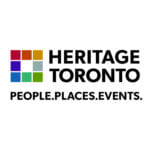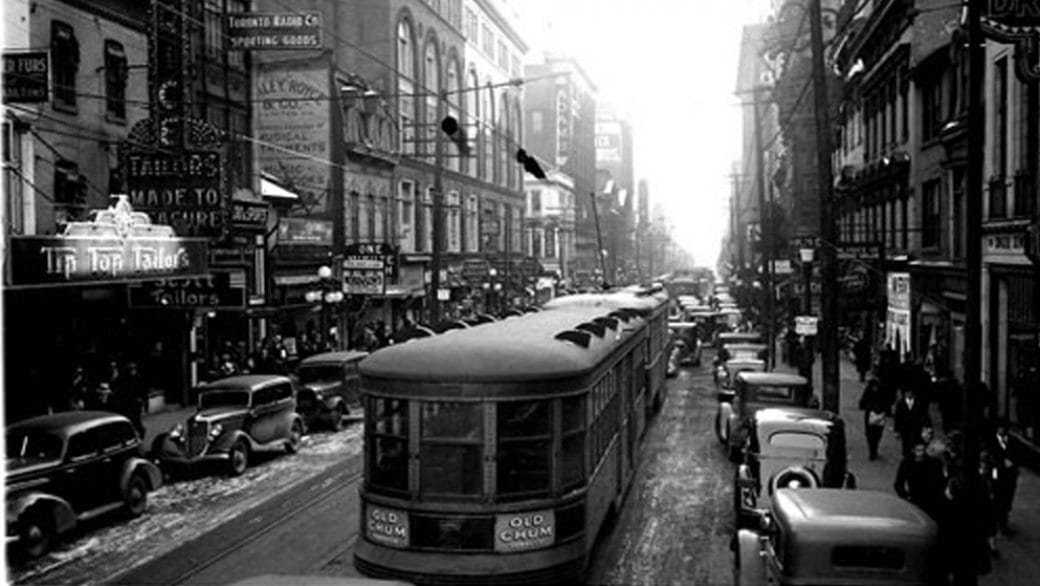This story was created by Xtra's branded content team alongside Heritage Toronto, separate from Xtra's editorial staff.
It’s likely Toronto tabloid Hush didn’t know that it would be making queer history. But when it published a dismissive article about the flamboyant men who frequented Yonge Street in the 1930s, it gave recognition to a collective that existed before the present day Church-Wellesley Village.
The “pansy colonies,” as it acerbically dubbed the area, referred to the collection of gay men who lived and worked in retail jobs near Yonge and Dundas streets. But now that it’s included in a Heritage Toronto walking tour of LGBT history, it’s gaining recognition as an important part of our shared past.
“It’s fascinating and less well known than some of the history of the Village,” Jade Pichette says. Pichette is the volunteer and community outreach coordinator for the Canadian Lesbian and Gay Archives (CLGA). The CLGA is partnering with Heritage Toronto to deliver summer tours that showcase often-neglected parts of queer history. The result is the Pride Outside the Village: LGBTQ+ Heritage tours, that shines a light on hidden parts of Toronto’s LGBT stories, including the pansy colonies.
According to Pichette, one of the interesting aspects of the pansy colonies and the gay men who lived there was the intersection of sexuality and commerce. Despite the repressive attitudes that were commonplace, there were many examples of employers attending court hearings to support their gay employees, who faced the criminalization of their sexualities. Their employers would argue on their behalf because of the important economic functions they served.
“It’s also an interesting story in regards to class,” Pichette says.
It also highlights the connection between queer history and the city experience.
“Those who observed the growth of Toronto’s gay world in the early 20th-century understood it as a distinctly urban phenomenon,” writes Steven Maynard, a professor of sexual history at Queen’s University, in the Journal of Urban History.
It may seem ironic that such an important aspect of queer history has its genesis in a homophobic tabloid, but Pichette isn’t surprised.
“It’s expected in some ways that the only places that we would find material about our communities before we started creating them ourselves would be in the places that would be trying to shame us,” she says.
Historical records of queer life in Toronto in decades past can be difficult to find; when material was written explicitly by gay men, it was often later destroyed. So tabloid clippings help to paint a picture of life for queer individuals of the era — and later generations.
Pichette argues that the pansy colonies and other stops along the upcoming tours are important for us to understand our shared past.
“By knowing the history, we’re able to get a better sense of who we are as a community today.”
She also says there’s demand for us to connect with the stories and lives of those who blazed trails before us.
Pichette says it’s important to remember that while it’s easy to think of queer desire as a modern phenomenon, it’s always existed in Toronto.
“There’s a real longing there that we’re not taught.”
Pride Outside the Village: LGBTQ + Heritage
June 1, 2017–September 2017
heritagetoronto.org/event/prideoutvill_aug5/


 Why you can trust Xtra
Why you can trust Xtra